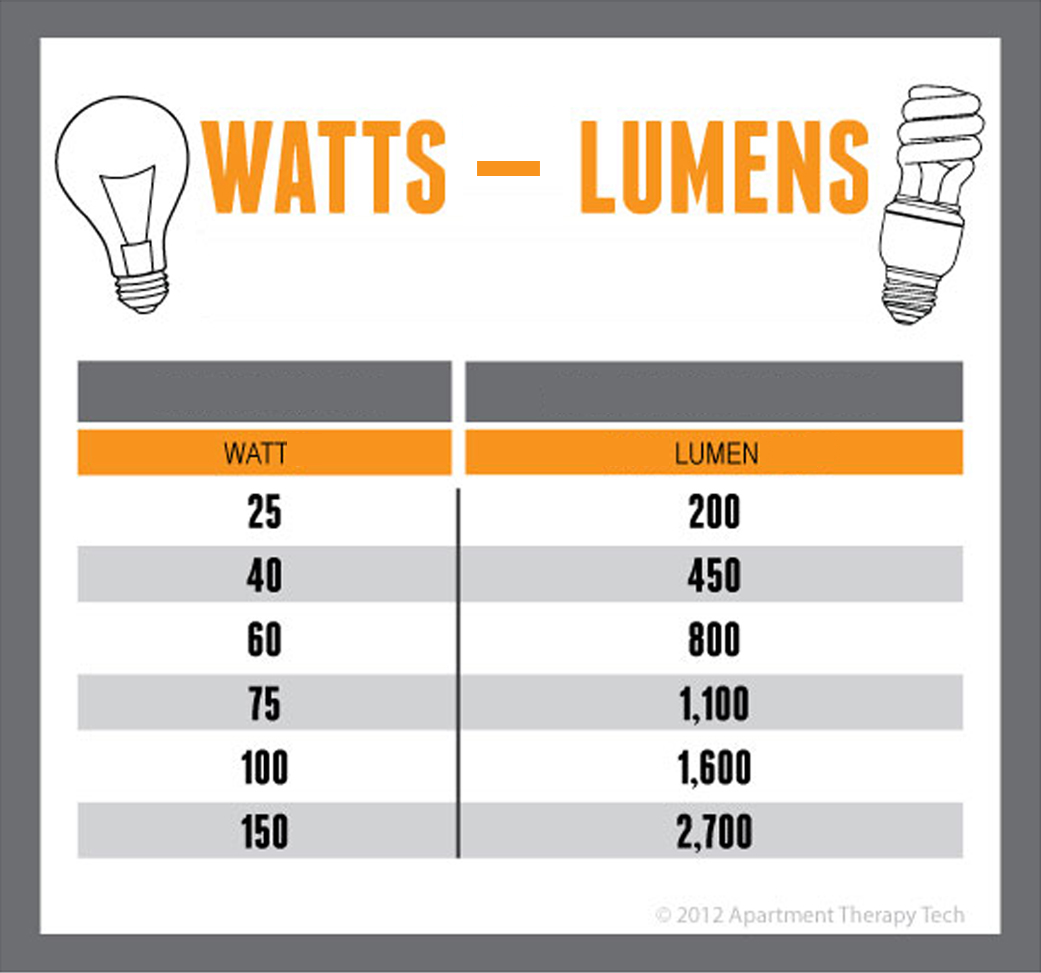

4000 lux lumen compared to ansi how to#
Only this, the screen gain, would give us a headache on trying to estimate, right? Fabrics may be easy to evaluate, but how to evaluate the gain of a colored wall? The difference between illuminance and luminance is roughly a consequence of the screen gain. Lamps get old eventually, end rental companies don't always replace them. Side by side, the first one was much better. I'll start to use the 0.55 factor, thank you have an experience on this, since I compared a 5000 lumen new projector to a 75000 lumen old projector. The published lumen rating of a projector is not reliable. I think it's not easy to define a good rule of thumb for this because of all the variables involved. If it doesn't give you an actual lux number but has EV (exposure value), you can use a chart to estimate the illuminance. If you can, see if you can borrow a genuine light metre from a photographer. I would be somewhat distrustful of "light metre" apps on phones. I hope to measure more projectors moving forward. Based on this single sample, my rule of thumb seems to be something like illuminance = ANSI rating * 0.55 / surface area. When correcting the (greenish) native white point to something closer to D65, it predictable got worse still, measuring no more than 1100. I've only measured one office-grade projector so far it's rated at 2000 ANSI Lumen but only achieves roughly 1300 without any further correction. This is based on the bold assumption that the published lumen rating of the projector is accurate. As DBO wrote in the other thread, the expected illuminance would be the luminous flux (number of lumens) divided by the surface area. I've been researching this general question myself recently, and was looking for a real-life rule of thumb for estimating a projector's illuminance on a given surface based on the ANSI Lumen rating. (This will change somewhat if you have either a dirty/darker surface, or on the other hand, a screen with gain > 1.0.) For a super-rough rule of thumb when projecting onto a white surface, if you divide your illuminance in lux by something like 3.5, you've got a likely luminance in cd/m^2. When setting up cinematic projection (or for calibrating monitors), luminance is key for example 2D cinema projection is specified at 48 cd/m^2 or 14 fL. Luminance, measured in Candales per square metre (Si) or footLambert (imperial) is a measure of light being reflected or emitted from a given surface. Casually speaking: illuminance, measured in lux (Si unit) or footcandles (imperial) is a measure of incident light hitting a surface. Illuminance vs Luminance: Best not get those mixed up. If you have any degree of control over the lighting in the venue, it's best to light up the projection surface as little as possible with other lights. Due to the human visual system's inherent nonlinearity (see Aolis' post), the 50% brighter won't actually look 50% brighter it'll look 20% brighter at best. I think that having merely 50% higher illuminance from the projector than the already existing lighting is almost certainly far too low. Thanks to bonemap for the link to that previous thread.Ī couple of additional things. The 50% rule seemed a good choice when I faced this situation for the first time, but I wanted to know if any of have a general or personal criteria for this. Naturally, the higher we go, the best, but high lumen projectors are not cheap.

Following the previous exemple, if we have a 400-lux projection in a room where the light fills the wall with 600 lux you'll basically see nothing.īack to the subject, I try to measure the mean lux on the projection site using a luximeter (an app on my cellphone), and try to be at least 50% above it. The projection is always in a contest against the ambient light. In this case, 1200/ 3 = 400 lux. This is used as a measure of the intensity, as perceived by the human eye, of light that hits or passes through a surface (Wikipedia). Lux is equal to one lumen per square metre. Just to review what lux means, let's imagine a projector with 1200 lux, aspect ratio of 4:3, projecting on a screen of 2mx1,5m, s the total area of projection is 3m^2. I'm trying to find a simple way to evaluate the amount of lux I need, and use it for a good cost benefit projector choice.


 0 kommentar(er)
0 kommentar(er)
